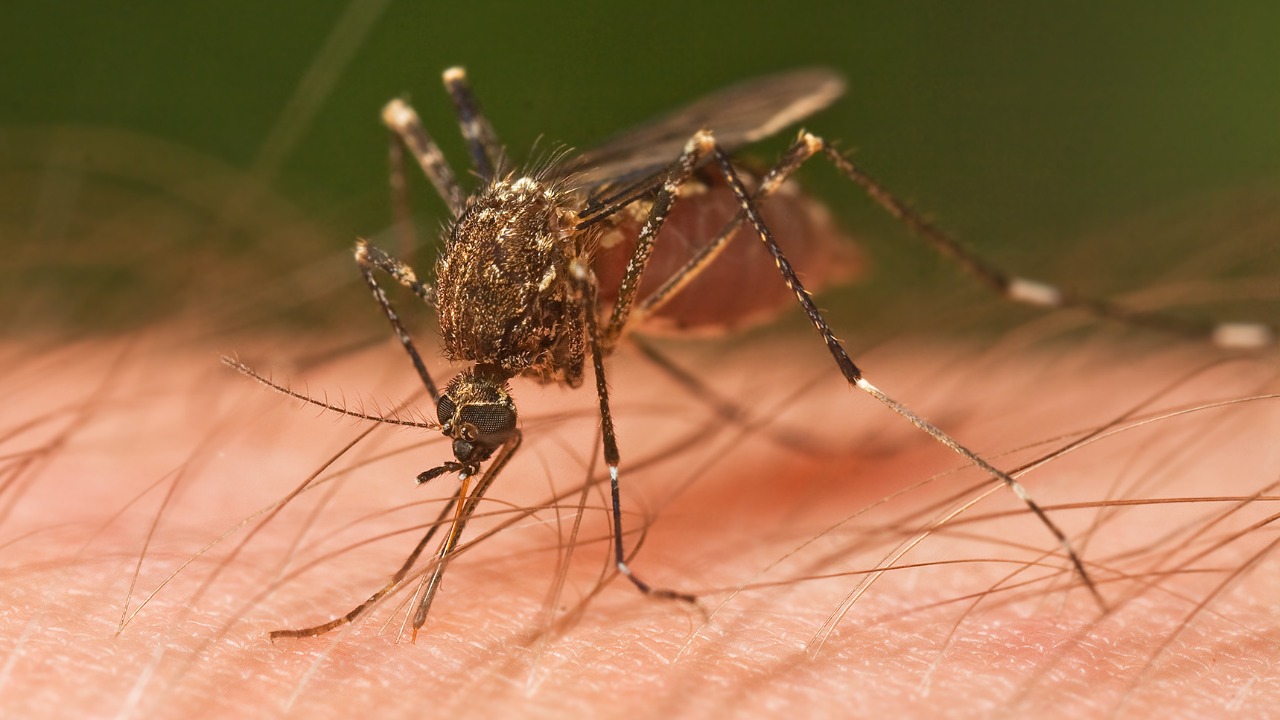
Iceland, long celebrated as the last major landmass without native mosquitoes, has recently confirmed the presence of three mosquitoes in the wild. This unprecedented discovery, reported in late October 2025, disrupts the country’s unique mosquito-free status and signals potential ecological changes. Scientists suggest that the arrival of these insects is linked to rising temperatures caused by climate change, which may pave the way for more invasive species.
Iceland’s Mosquito-Free Legacy
Iceland’s geographical and climatic conditions have historically kept mosquitoes at bay. The island’s volcanic soils, strong winds, and cool temperatures have created an inhospitable environment for these insects. This unique combination of factors has been highlighted in recent analyses of Iceland’s biodiversity, underscoring why mosquitoes have never established populations there. Historical records confirm that no native mosquito populations existed in Iceland prior to 2025, making it the sole country without these insects until now. Global entomological surveys have consistently placed Iceland in this exceptional category, emphasizing its isolation in the North Atlantic as a key factor in maintaining its mosquito-free status.
Experts have long noted that Iceland’s isolation and harsh climate contributed to its unique position among nations. The country’s location in the North Atlantic, combined with its environmental conditions, has historically prevented mosquitoes from thriving. This isolation has been a point of pride and a subject of scientific interest, as it set Iceland apart from other regions that have struggled with mosquito-borne diseases.
The Groundbreaking Discovery
The recent discovery of three mosquitoes in Iceland marks a significant shift in the country’s ecological landscape. These insects were verified through scientific trapping and identification processes conducted in 2025. The initial announcements confirmed that the mosquitoes were found in natural habitats, rather than being imported, raising concerns about their potential establishment in the wild. The identification of the species involved adds an element of surprise, as this is the first-ever detection of mosquitoes in the country.
The locations and methods of capture highlight the seriousness of the situation. The mosquitoes were found in areas that suggest a natural establishment, rather than accidental introduction through human activity. This finding underscores the need for increased vigilance and monitoring to prevent further spread. The discovery has prompted a reevaluation of Iceland’s ecological resilience in the face of climate change.
Climate Change as the Culprit
Rising global temperatures, driven by the climate crisis, have warmed Iceland sufficiently to create suitable breeding conditions for mosquitoes. Recent data show accelerated thawing and milder winters, aligning with the timing of this 2025 discovery. Meteorological trends over the past decade indicate increased average temperatures, which have made Iceland more hospitable to mosquitoes. This development is a stark reminder of the broader impacts of climate change on ecosystems worldwide.
Scientific projections suggest that continued warming could lead to mosquito proliferation in Iceland. Climate models specific to Arctic and sub-Arctic regions, like Iceland, predict that these areas will become increasingly vulnerable to invasive species as temperatures rise. This potential for mosquito establishment poses significant challenges for Iceland’s ecosystems and public health infrastructure.
Ecological and Health Implications
The introduction of mosquitoes to Iceland could have profound effects on the country’s delicate ecosystems. Environmental assessments following the discovery warn of potential impacts on local wildlife and vegetation. Mosquito larvae could alter water bodies, affecting the balance of aquatic ecosystems. These changes could have cascading effects on Iceland’s biodiversity, which has evolved in the absence of such predators.
Public health concerns are also at the forefront, as the presence of mosquitoes raises the possibility of disease vectors. Although Iceland currently lacks major tropical pathogens, the establishment of mosquito populations could change this dynamic. Icelandic authorities have initiated surveillance programs to monitor and prevent mosquito establishment, reflecting the seriousness of the threat.
Broader Global Context
Iceland’s situation is part of a larger trend of mosquito invasions in northern locales due to climate shifts. Until the 2025 findings, Iceland was the last remaining country without mosquitoes, as confirmed by worldwide insect distribution maps. Other regions have experienced similar invasions, with warming temperatures introducing mosquitoes to previously inhospitable areas. This pattern highlights the need for global action on climate mitigation to protect biodiversity hotspots like Iceland from further incursions.
International experts are calling for urgent measures to address the root causes of climate change. The discovery in Iceland serves as a wake-up call, emphasizing the interconnectedness of global ecosystems and the far-reaching impacts of environmental changes. Protecting regions like Iceland from invasive species requires coordinated efforts and a commitment to reducing greenhouse gas emissions.
As Iceland grapples with this new reality, the world watches closely. The presence of mosquitoes on the island is a testament to the profound changes occurring in our environment. It underscores the importance of understanding and addressing the factors driving these shifts, to safeguard the planet’s biodiversity for future generations.
More from MorningOverview